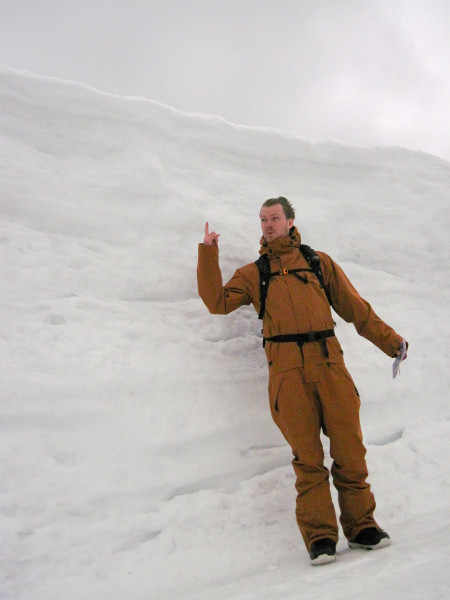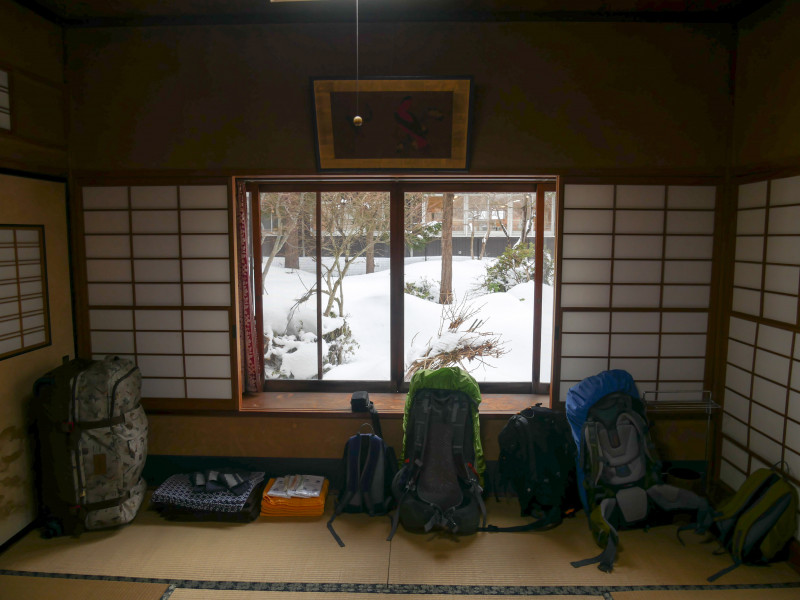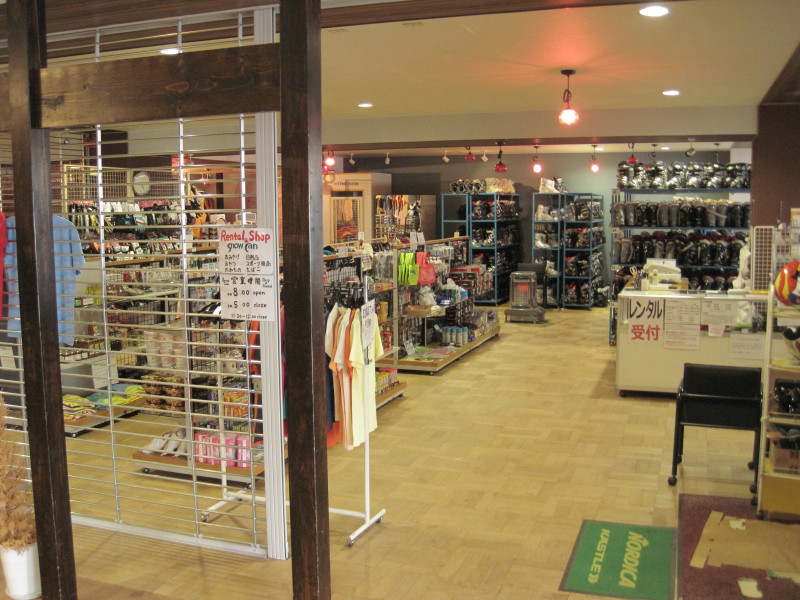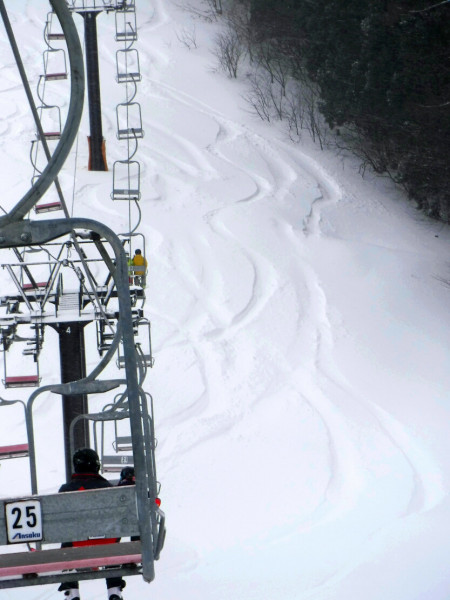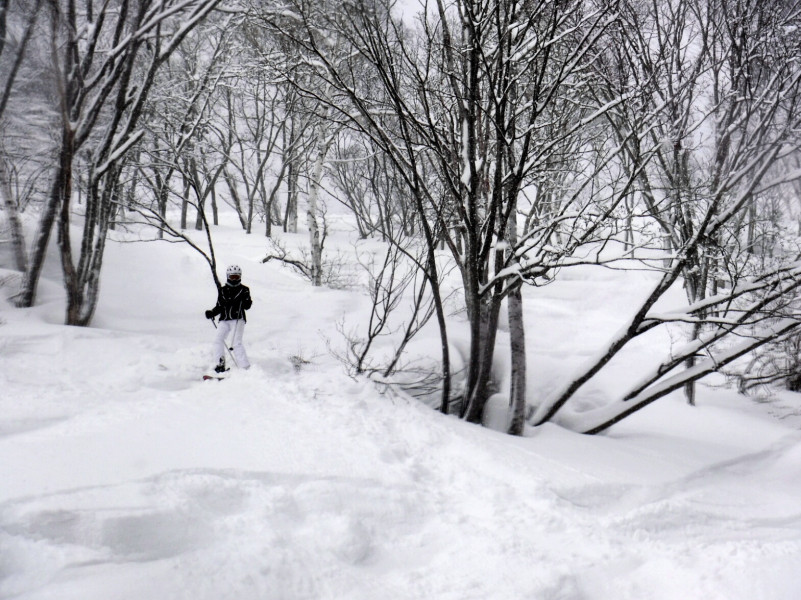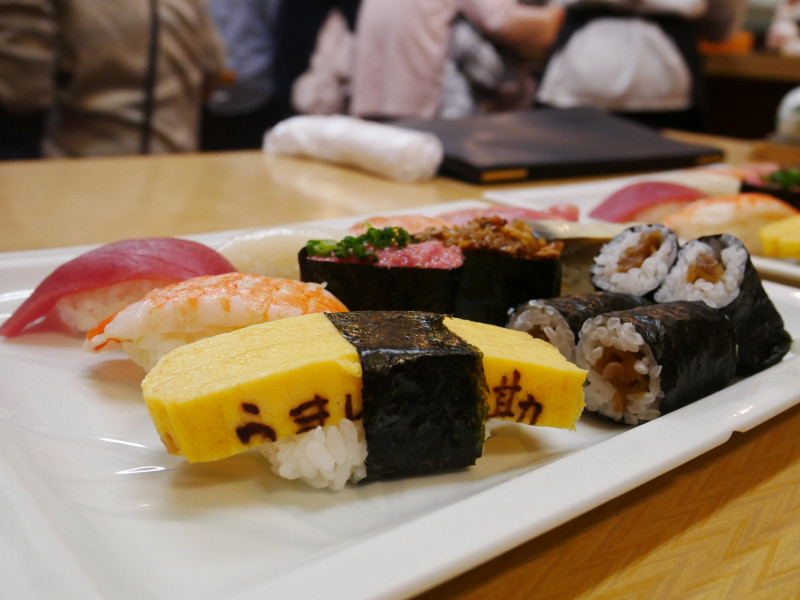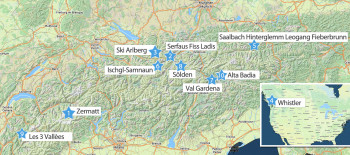Organising a holiday to Japan might seem a daunting proposition to some people, but I’m here to tell you that planning a ski trip to the land of Ja-pow isn’t as hard as you might think. We coordinated our ski break in February ourselves and with a little advanced planning, it wasn’t much trickier than organising a ski break in the Alps. Read on for a brief low-down on how to plan your dream ski trip to the powder-laden slopes of Japan.
When to go
Japan has a similar season to most European resorts, stretching from Advent until April in most places. Pre-Christmas skiing offers no guarantees of snow, even in the far north, and should probably be avoided if at all possible. Christmas and New Year is also, predictably, the busiest time of the year on the slopes and is therefore not the ideal time to visit, especially given the hike in flight and accommodation prices around this time.
January is also quite busy in most of the westernised resorts as Australians flock to the mountains in search of powder during the school holidays. Chinese New Year (which varies between late January and mid-February) also brings scores of Chinese and Taiwanese visitors to the ski areas, and is always popular period.
Snow storms in January and February
The bulk of the season’s snow falls in January and February, though this also means variable weather during this period – Japan is not the place to come if you are after blue skies for days on end. The masses of snow have their price, and that means regular and heavy snow storms.
February is probably the ideal time to visit given the lower volume of tourists and the still excellent conditions. March yields more good weather days but also warmer temperatures, so heading further norther is probably a good idea later in the season.
Where to ski
In simple terms, there are three main ski regions to consider in Japan: the Japanese Alps to the west and east of Nagano, the Tohoku region in the north of Honchu (Japan’s main island) and Hokkaido. Though the topography differs considerably, all regions offer bucket loads of snow compared to Europe.
Westernised resorts around Nagano
The region around Nagano is the most accessible for international travellers, with Nagano and Echigo Yuzawa both short bullet train rides from Tokyo and its airports. The region offers relatively westernised resorts (e.g. Hakuba resorts, Shiga Kogen, Nozawa Onsen) where there are a lot of foreigners and English-language information, as well as more relatively undiscovered mountains (e.g. Madarao, Myoko Kogen, Tenjindaira). The dense concentration of resorts in the region means that a multi-resort tour is easy to do using only trains and shuttle buses.
The best snow in Tohoku region
The Tohoku region is perhaps the most authentically Japanese of all the ski regions, and encompasses the relatively undiscovered resorts stretching from Zao Onsen in the south to the powder paradise of Hakkoda close to the northern tip of Honchu. These resorts boast some of the best snow on earth and are yet still well and truly off the beaten path for western skiers.
Longer season on Hokkaido
Hokkaido is Japan’s most northerly island and has a sub-arctic climate. It is consistently battered by freezing air from Siberia, making for incredibly dry powder on the slopes. Niseko is widely considered to be the powder capital of the world and is accordingly busy with international visitors. If you are after reliable conditions, then Hokkaido is the place to head for. It has a longer season and is generally more rural than the rest of Japan.
Flights and transfers

A direct flight to Tokyo-Narita airport from Central Europe takes in the region of 12 hours. A whole host of top airlines serve Narita, so your choice of flights will depend on your nearest major airport. While shopping around for the best deal, we discovered that trips to Japan involving connecting flights were generally considerably cheaper. We opted to fly with Finnair, heading from Munich to Helsinki before taking the overnight connecting flight to Tokyo after an hour’s transfer time in Finland. This option worked out at just over 14 hours each way and 580 Euro return. Connecting flights to Hokkaido are also regular and inexpensive.
Check your baggage allowance
Another factor to consider when choosing your airline is your baggage allowance, and more specifically the airline’s policy on ski equipment. This will be a determining factor in whether you decide to bring your own equipment or hire in Japan. If you opt for the former option, it is worth shopping around to find the best deal for transporting your skis. Many carriers offer two pieces of free luggage (23 kg each) per traveller, of which one can be a ski/snowboard bag (providing it conforms to the airline’s weight and size requirements). We found that even airlines within the same alliance (e.g. BA/JAL/Finnair) had considerably differing rules governing ski baggage, so it is worth doing your homework here.
Efficient public transport
When you arrive in Japan, travelling around couldn’t be much easier. One of the most striking aspects of life in the country is just how efficient and excellently networked the transport options are. Just about every corner of the country is accessible by some form of public transport, though you might want to consider car hire if you are looking to hit more rural areas or micro-resorts. Shuttle bus services link major airports and cities to the key ski areas and are generally good value.
Option: Japan Rail Pass
If you want to combine your ski trip with visiting some other sights in Japan, the Japan Rail Pass is a great option. It is available as a nationwide package for up to three weeks or as a cheaper regional pass for either consecutive days or 5 days within a two-week period. It also allows you to ride the country’s famous Shinkansen bullet train – an experience not to be missed! There is usually plenty of room for luggage if you are bringing your own equipment, so no need to worry on that front either.
Sorting accommodation
It is worth noting that, unlike in Europe, last-minute deals are tricky to find in Japan, particularly in ski areas – and certainly not a reliable way of saving money. Rooms often get snapped up well in advance, with some visitors rebooking accommodation straight after their last winter holidays. Booking early also gives you the largest possible choice of lodgings. Your best bet for winter holidays is either a hotel, a minshuku (Japanese-style BnB)/ryokan (Japanese-style inn) or a self-catering flat. Prices are comparable to Europe, though booking food options can considerably increase rates overall.
Hotels: Expensive but western-style
Hotels are easy to reserve online on the Japanese sites Rakuten Travel and Jalan, as well as on the international sites Booking.com and Agoda. Hotels often offer western-style beds, all mod cons and a great positioning within a ski area. They will also likely have a ski depot and they commonly offer favourable rates on lift passes. This is, however, usually the most expensive option.
Minskuhu: Small and family-operated
Minshuku are Japanese-style bed and breakfasts which are typically small and family-operated. These are a cheaper option and a great way to experience authentic Japanese culture. You should, however, be aware that typical rooms are mostly tatami style, with matting and futons – and, most likely, a shared bathroom.
Ryokan: Inns with hot springs
Ryokan are Japanese inns which are often synonymous with hot springs. This type of accommodation can range from budget to expensive, but always represents a quintessentially Japanese experience and comes highly recommended. Their Japanese baths are an ideal way to unwind after a day on the slopes.
Self-catering
Self-catering accommodation is also becoming increasingly available via the international platform AirBnB. This is an affordable option but is unlikely to offer the same ski-to-door access as local hotels.
Hiring ski equipment
If you want to save yourself the effort of transporting your ski equipment from home then hiring in Japan is probably the best option for you. We found that ski hire was widely available in the major resorts, and most stocked a variety of different ski and snowboard styles – giving you the chance to try something new.
Rental packages vary greatly in cost but are generally between 3,200 and 5,500 Yen per day (27 - 46 Euro) for a full package.
Lift passes, skiwear and après-ski
Lift passes in Japan tend to be a little cheaper than in Europe on average, with most major resorts charging between 4,000 and 5,000 Yen (34 - 42 Euro) for a day on the slopes. The majority of Japanese ski resorts still use printed card tickets instead of electronic lift cards, so it’s worth picking up a ticket pouch if you don’t have one already. These are also widely available and cheap in the sports shops at most major ski resorts in the country.
Goggles are a must
The Japanese resorts get a lot of winter weather throughout the season, particularly up north. Goggles are a must, as are warm layers and a face mask/neck warmer in case a storm rolls in. It goes without saying that, similar to Europe, you should only venture off-piste with all the appropriate freeride
Alcohol after lifts close
Don’t expect too much in the way of après-ski in Japan – the culture surrounding skiing is quite different, and doesn’t usually involve alcohol until well after the lifts close for the day equipment.
Freeride Skiing
It may be worth considering taking powder/freeride skis/snowboard with you, as the powder can be very deep in places. Powder straps are also a good idea to prevent the loss of any skis in the deep.
Attitudes towards sidecountry and backcountry skiing vary from one resort to another. We recommend checking with the lift personnel about what is considered acceptable. The areas below lifts are generally a no-go. The ski patrol is known to confiscate lift passes for skiing in out-of-bounds zones.
There are a number of ski tour operators that have specialised in offering tour packages for skiers and snowboarders in Japan. These provide an all-inclusive service but obviously come at a price.
Language and Cash
It is possible to do most things in Japan without speaking any Japanese, and the locals generally make a real effort to try and speak/understand some English. Nevertheless, a Japanese phrase book is a good idea and a few basic terms can go a long way. The Japanese greatly appreciate it if visitors make an effort in this respect.
Paying with cash is more common in Japan than in Europe. We therefore recommend always carrying yen with you and checking with your bank in advance about which ATMs allow withdrawals. Most 7-Eleven Stores and Post Offices (both of which are widespread) enable withdrawals with almost all Maestro/Cirrus cards.





